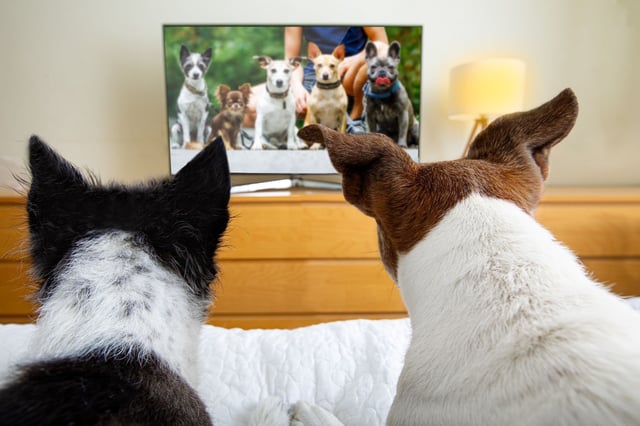Overview
- A digital survey of 513 dog owners, including 453 who confirmed their pets watch TV, underpins the peer-reviewed findings published July 17 in Scientific Reports.
- Owners rated more excitable dogs as likely to track on-screen movement, reporting behaviors like pawing, searching or scanning beyond the display.
- Anxious or fearful dogs were more reactive to non-animal sounds such as doorbells and car horns than to images of people or objects.
- Televised animal content elicited the strongest responses, while demographic factors like age, breed, sex and prior TV exposure showed no significant influence.
- Teams at Auburn University and the University of Wisconsin are designing controlled protocols and a citizen science initiative to refine dog-specific programming and vision assessment tools.



